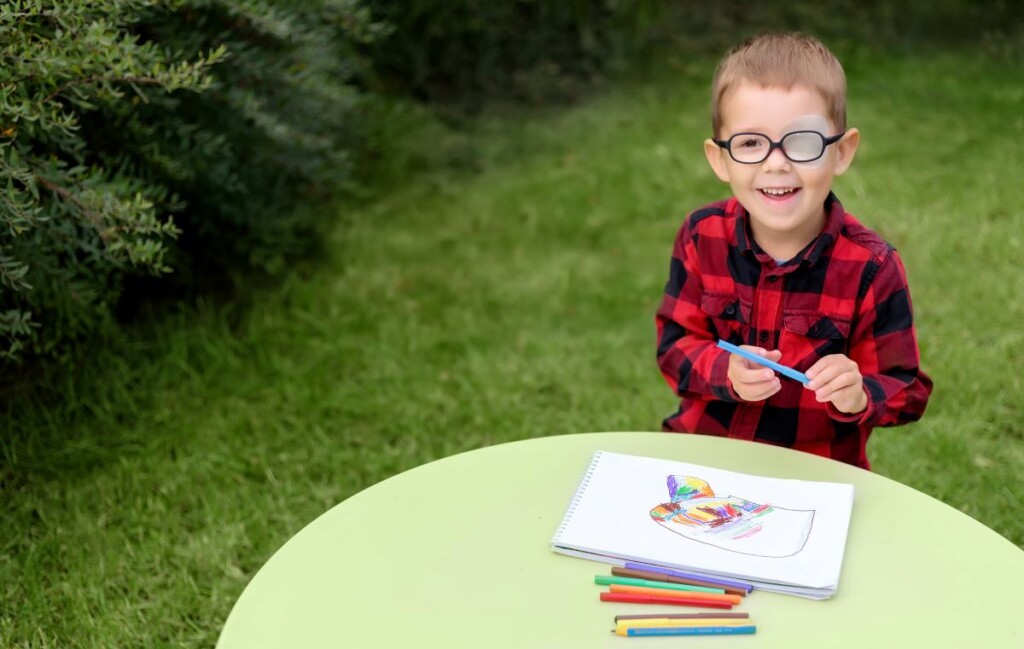PLX Academy · News · 08 June 2022

Strabismus: Children can experience mood disorders
Children with strabismus often have decreased visual function, including difficulties with schoolwork and sports. They have also reported problems with their self-image and get teased for eye misalignment or glasses. A recent study “Association of Strabismus With Mood Disorders, Schizophrenia, and Anxiety Disorders Among Children” shows that patients with strabismus may have a higher risk of developing mental illnesses including anxiety disorder, schizophrenia, depression, and bipolar disorder, compared with children without eye diseases.
A study that evaluates the association between strabismus and mental illness among children used a large data set of 12,005,189 children included in the OptumLabs Data Warehouse, the largest available private health insurance claims database, representing a range of ages, ethnicities and U.S. geographic regions. Overall, 352,636 children had strabismus, while 11,652,553 had no eye disease and were used as controls. Adjusted odds ratios for the association of mental illnesses with strabismus were 2.01 for anxiety, 1.83 for schizophrenia, 1.64 for bipolar, 1.61 for depression and 0.99 for substance use.
This study is the first study its kind, so further researches need to explore the association between strabismus and various mental illnesses and to investigate whether there is a prevalently social or genetic basis for this association. These results should alert ophthalmologists and optometrists to counsel children and their caregivers that untimely treatment of strabismus in children can have serious consequences. It is very important for children to go to regular ophthalmological examinations which will show the overall condition of their eyes. The first ophthalmological examination is recommended between the ages of 3 to 6 years, but that does not mean that the examination can be done earlier, especially if there is a family history of eye diseases.
